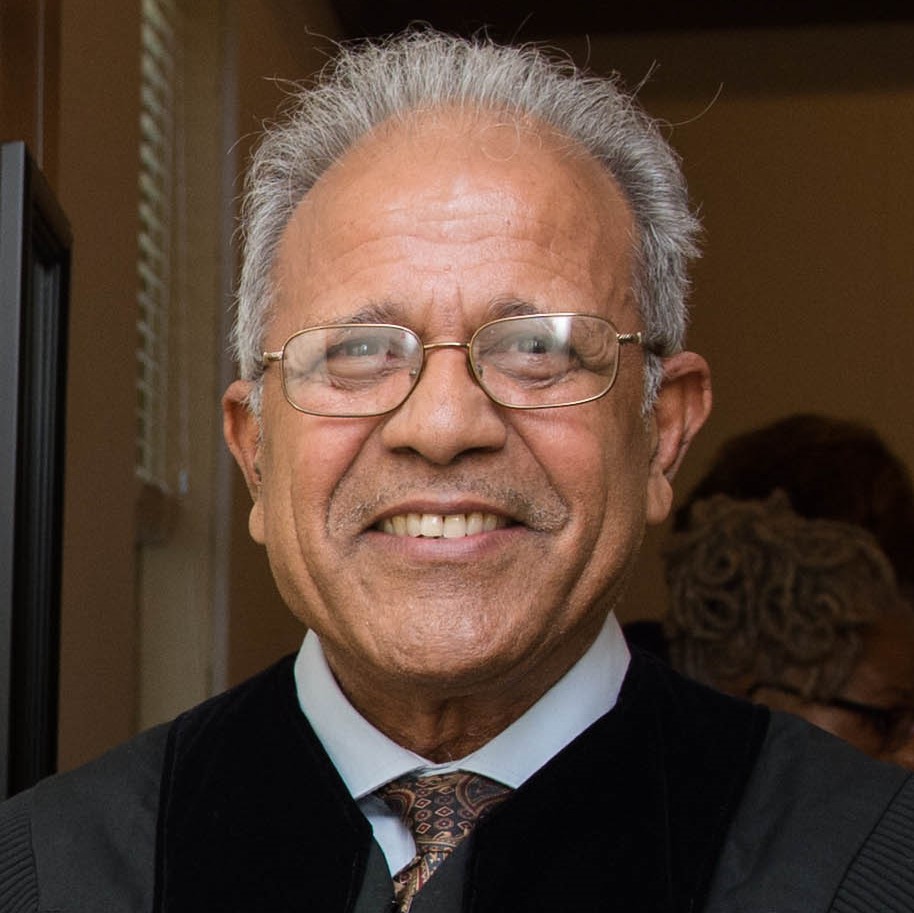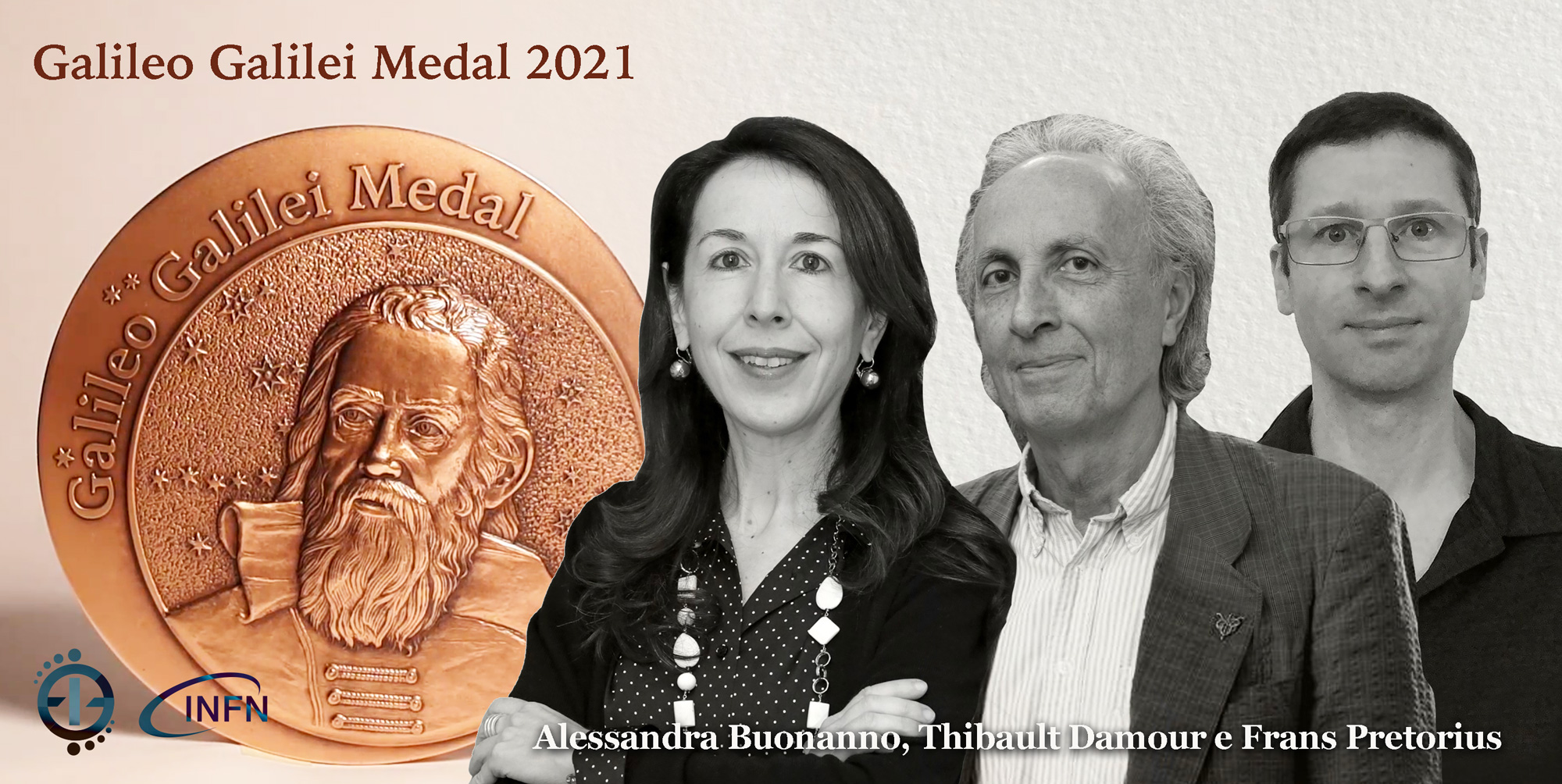Gorshkov to Receive Flemming Award
- Details
- Published: Monday, April 19 2021 05:56
Adjunct Associate Professor Alexey Gorshkov is among 12 exceptional public servants chosen to receive the Arthur S. Flemming Award for 2020. The awardees will be honored during a virtual celebration this summer. Gorshkov, a physicist at the National Institute of Standards and Technology(link is external) (NIST), is also a Fellow of the Joint Quantum Institute (JQI) and the Joint Center for Quantum Information and Computer Science (QuICS),
The award is presented annually(link is external) by the Arthur S. Flemming Commission, in partnership with the George Washington University Trachtenberg School of Public Policy and Public Administration and the National Academy of Public Administration. It recognizes federal employees who have provided outstanding service in the fields of applied science and engineering, basic science, leadership and management, legal achievement, and social science.
Established in 1948, the award is named after Arthur Sherwood Flemming, a distinguished government official who served seven presidential administrations of both parties, most notably as Secretary of Health, Education, and Welfare under President Dwight Eisenhower.
Gorshkov, who joined NIST’s Quantum Measurement Division in 2013 and has been embedded at the University of Maryland since that time, was specifically noted for his pioneering research at the crossroads of quantum optics and atomic and condensed matter physics. His research team is engineering strong interactions between photons, providing a practical basis for a new generation of technologies, where instead of electrons, circuits of light are used to perform logical operations and computations.
Expanding upon this successful demonstration, which was hailed as one of Physics World’s Top 10 breakthroughs, Gorshkov has shown novel ways to control strongly coupled atom-light systems and is laying the theoretical foundation for a new suite of enabling quantum technologies.
“I am honored to receive this award in recognition of science and service that will ultimately benefit the public good,” says Gorshkov. “As we continue to develop and implement the ideas and technologies needed to build and deploy quantum systems, we should see a rapid increase in their uses for many practical applications, from secure communication, to accurate time-keeping, to optimizing supply chain logistics and traffic flow.”
Original story: https://jqi.umd.edu/news/jqi-fellow-gorshkov-receive-flemming-award-outstanding-federal-service



